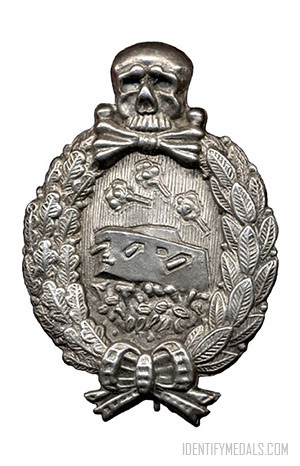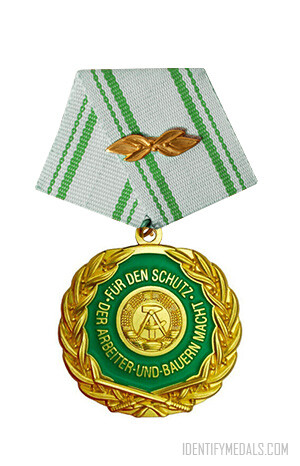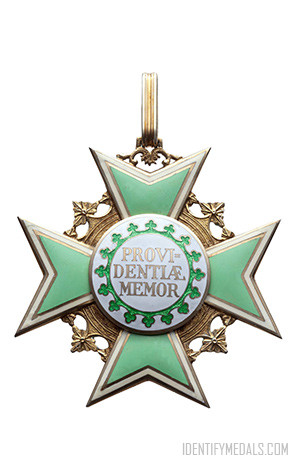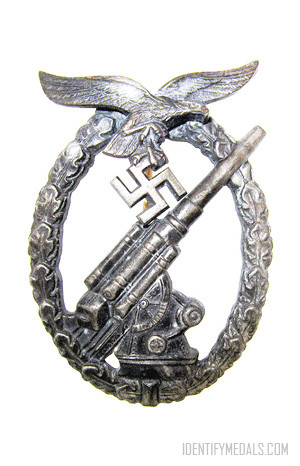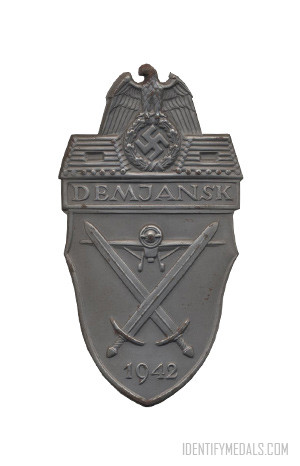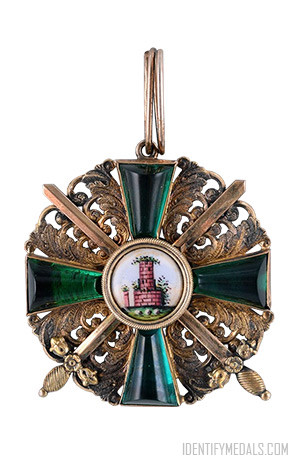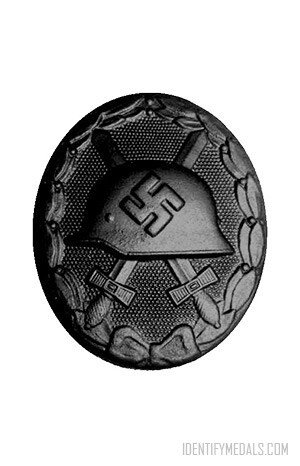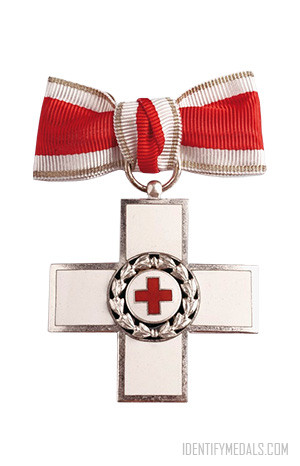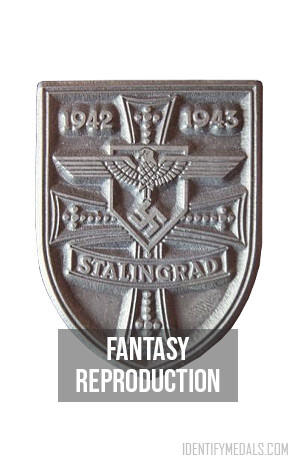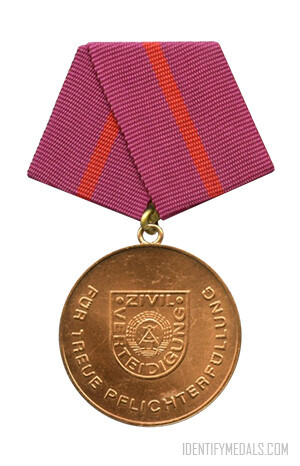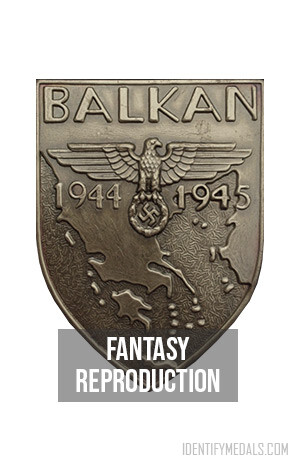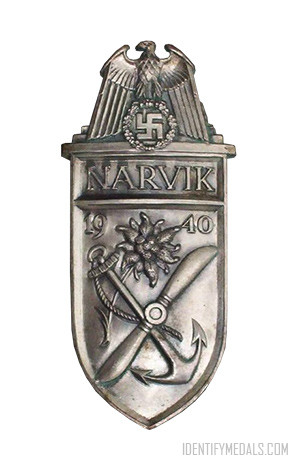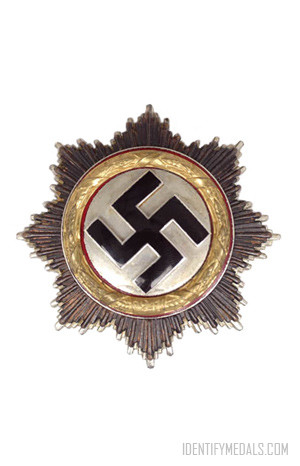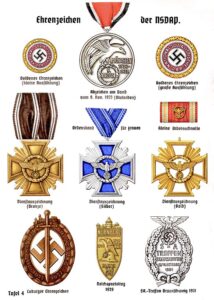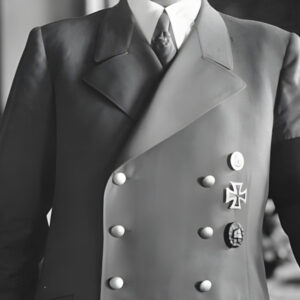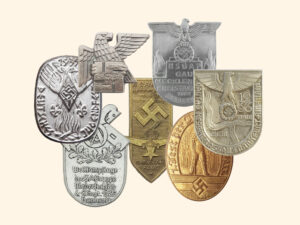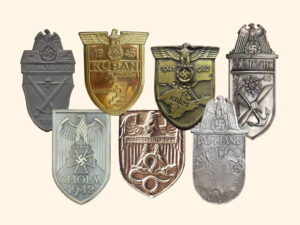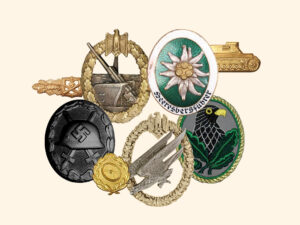- Time Period: The Great War
- Institution: 13 July 1921
- Country: Germany
The Tank Battle Badge (or Kampfwagenab-zeichen in German) is a badge established on 13 July 1921 by Dr. Otto Geller in Germany. It wasn’t a wartime insignia, but rather an immediate post-war offering.
The medal was created “In order to keep awake among the German people the memory of the battle vehicle units“. The German tanks made their initial combat appearance at San Quenten, on March 21, 1918, at the start of the Michael Offensive known as “the Great Battle in France”. The First Detachment fielded five German-built A7V tanks and the Second Detachment operated five captured British tanks.
To qualify for the badge, a tanker had to have participated in three assaults against the enemy, but this requirement could be waived if the tanker was wounded. Only about 100 of these badges were awarded.
The Tank Battle Badge Design
The badge is a 2 piece silver hollow-core badge made of metal with a dull silver finish. It measures approximately 75mm by 45mm and is oval shaped, with a skull and crossed bones atop an oval wreath of oak leaves on one side and laurel leaves on the other, enclosing a scene of an A7V tank crossing a battlefield with shells bursting above it. The enclosing wreath is tied at the bottom with a bow.
A total of 99 badges were issued. The Berlin firm of C.E. Junker was the first company authorized to produce it. These badges continued to be produced in the 1930s.

